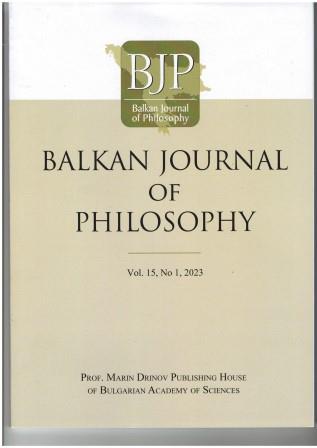The interrelation between Philosophy for Children (P4C) and creative thinking
The interrelation between Philosophy for Children (P4C) and creative thinking
Author(s): Ramazan Akan, A. Kadir ÇüçenSubject(s): Philosophy, Social Sciences, Education, Epistemology, Social Philosophy, Special Branches of Philosophy, Philosophy of Science
Published by: Институт по философия и социология при БАН
Keywords: The philosophy for children (P4C); thinking; creative thinking; education.
Summary/Abstract: The aim of teaching philosophy to children ultimately is not to teach them the history of philosophy, but rather to teach them to think, starting from philosophical concepts. This will help to develop high-level skills in children such as questioning, research, understanding and interpreting knowledge, establishing meaningful relationships between knowledge, creating original ideas, and problem-solving. Models of philosophizing with children have been developed, and systematic application attempts have been made, producing successful results in many countries of the world. According to Matthew Lipman, these skills should be developed at a very young age with use of the model of philosophy for children (P4C). Our aim is to show and explore how to develop and sustain creative thinking, which is one of the achievements of P4C. If Lipman is right, children participating in these activities will start to gain creative thinking skills from an early age and will apply this foundation in other knowledge acquisition processes at more advanced developmental stages. This presentation aims to reveal the interrelation between P4C and creative thinking activity. First P4C will be explained, and then creative thinking and the interrelation between the two will be expanded upon in the conclusion.
Journal: Balkan Journal of Philosophy
- Issue Year: XV/2023
- Issue No: 1
- Page Range: 35-40
- Page Count: 6
- Language: English

